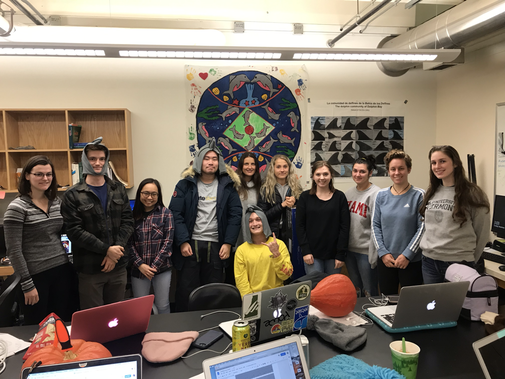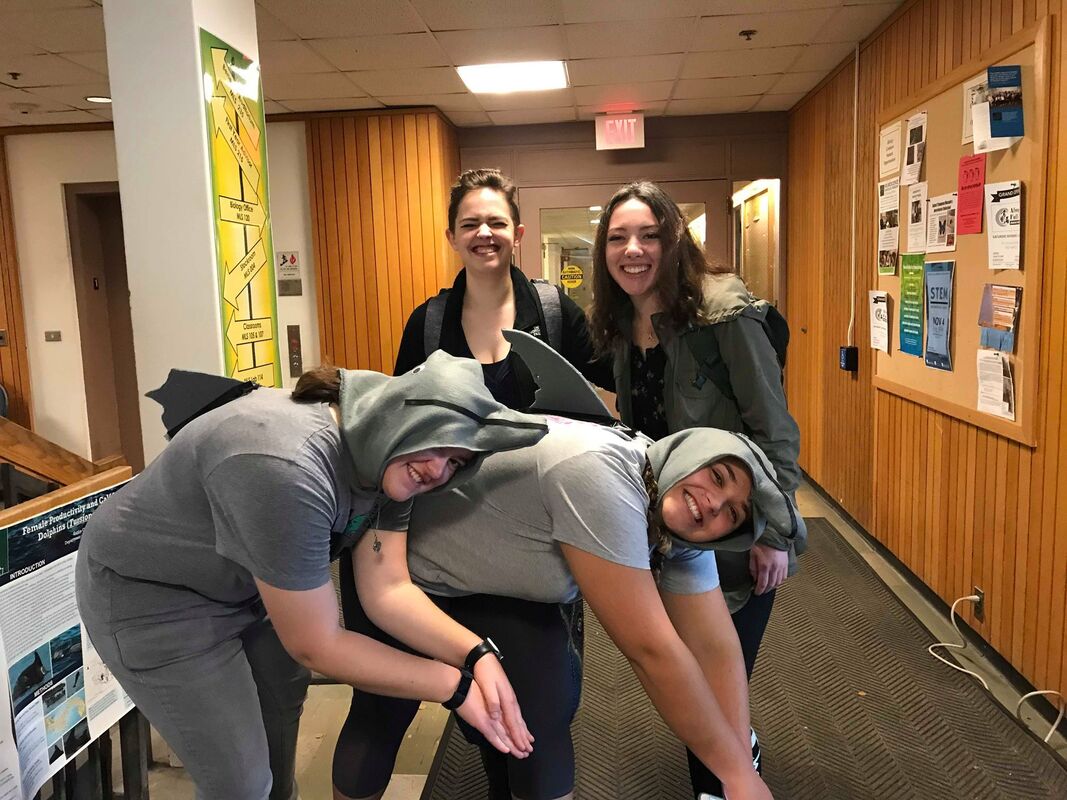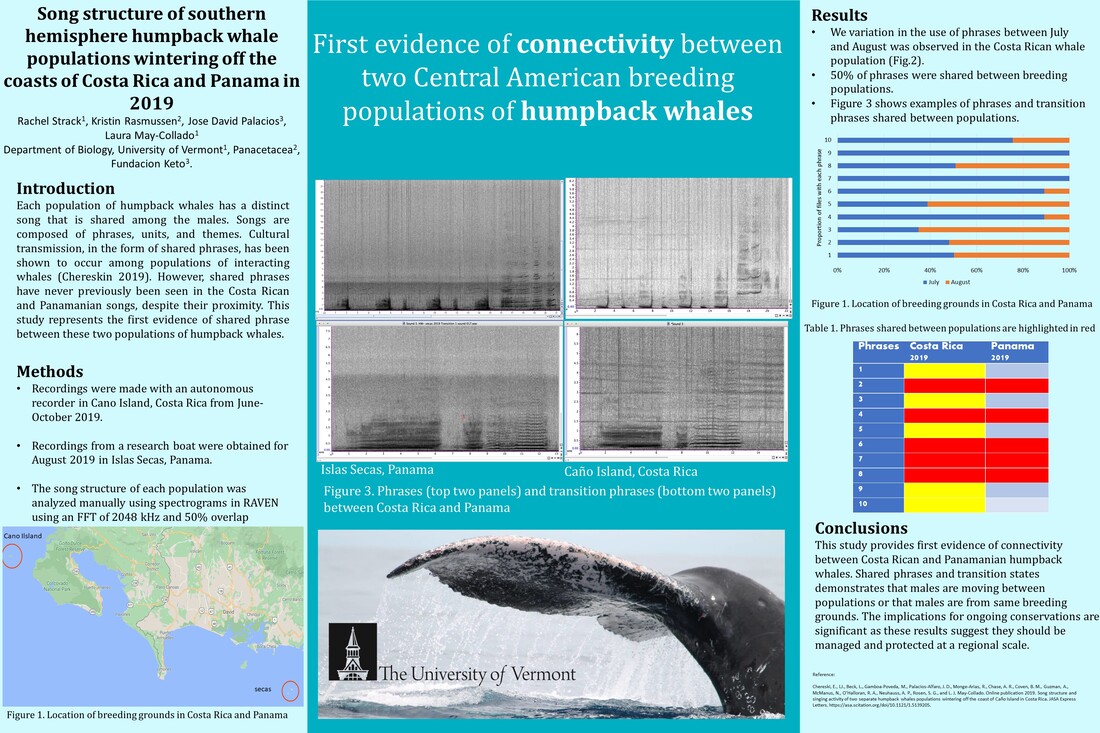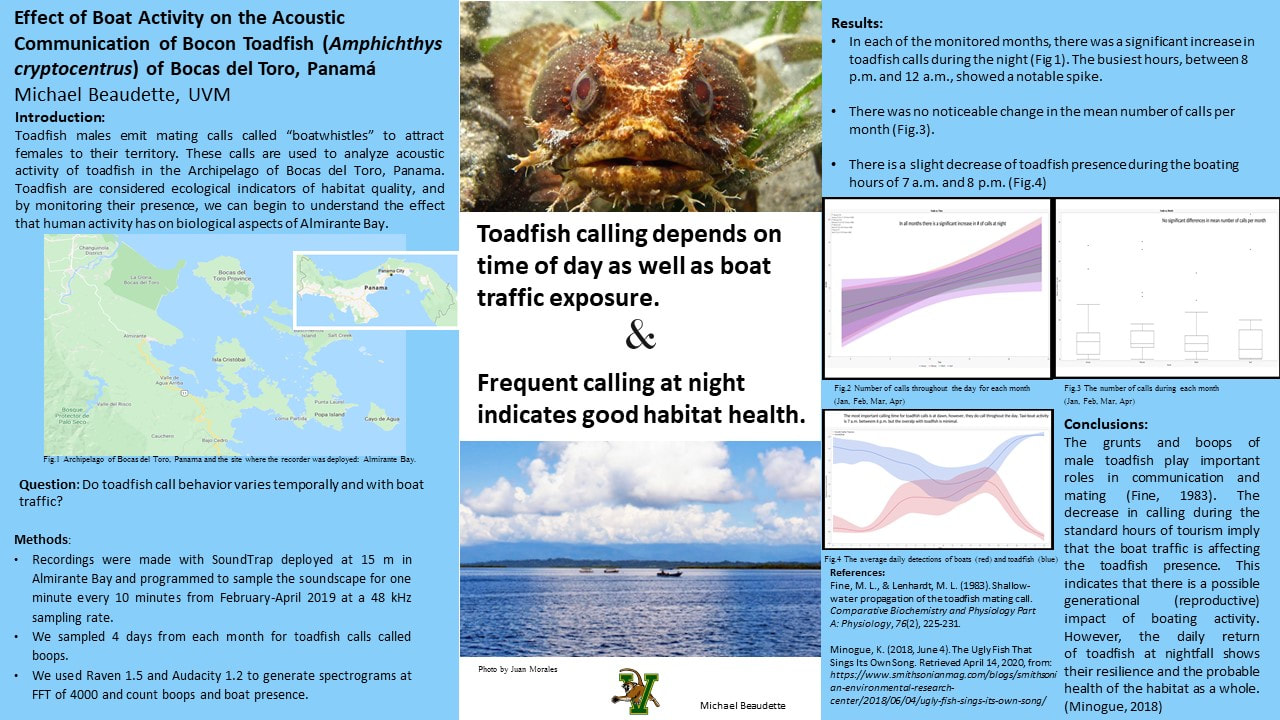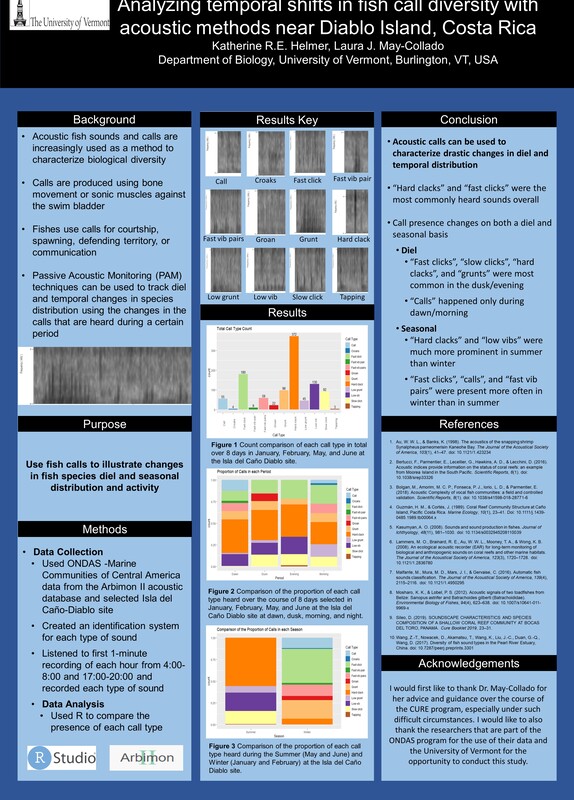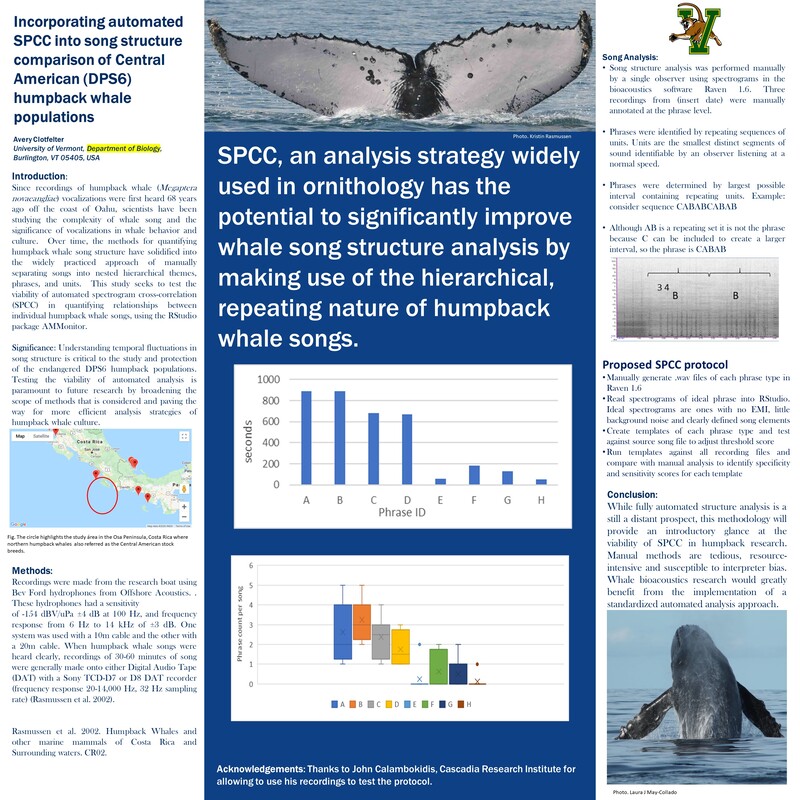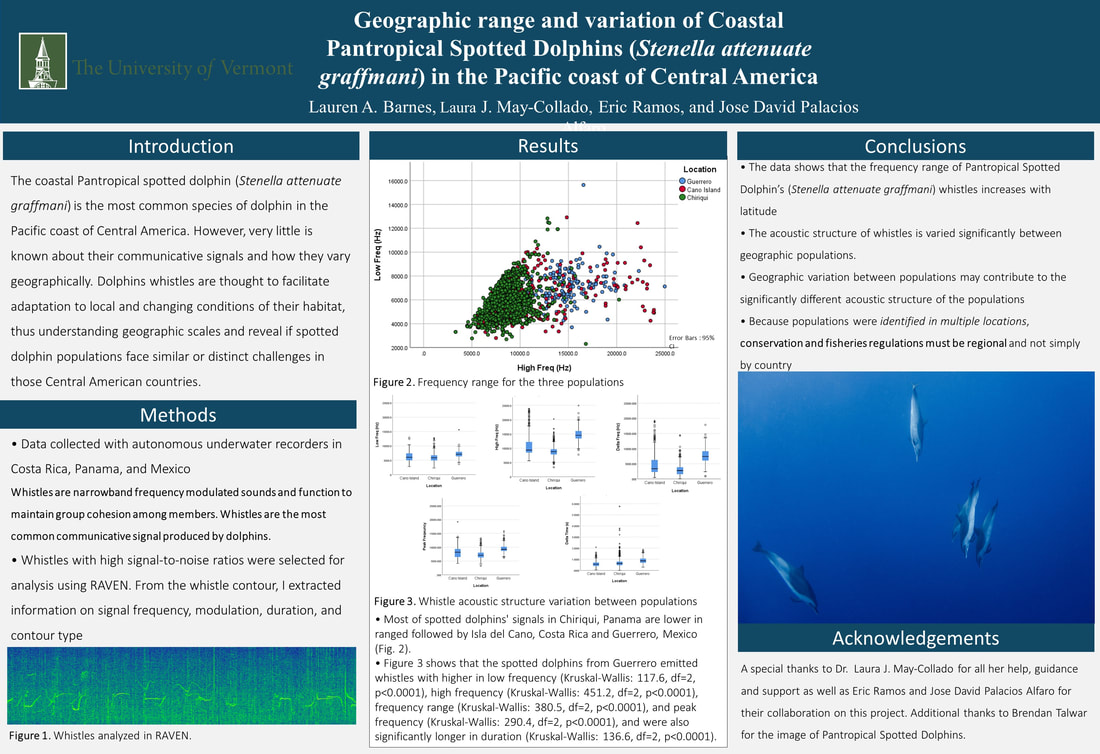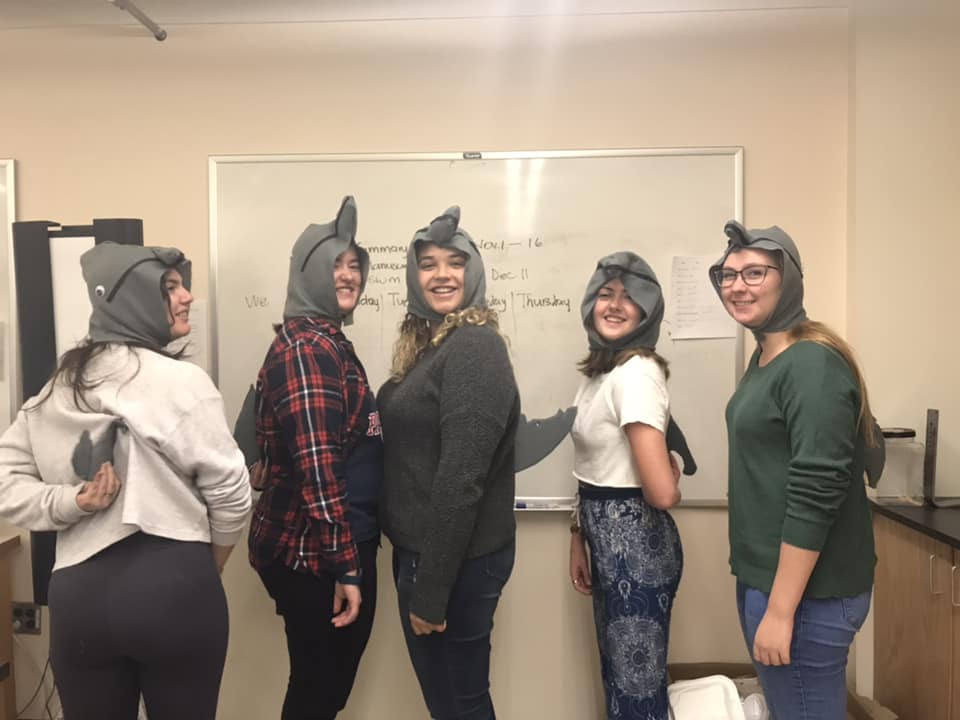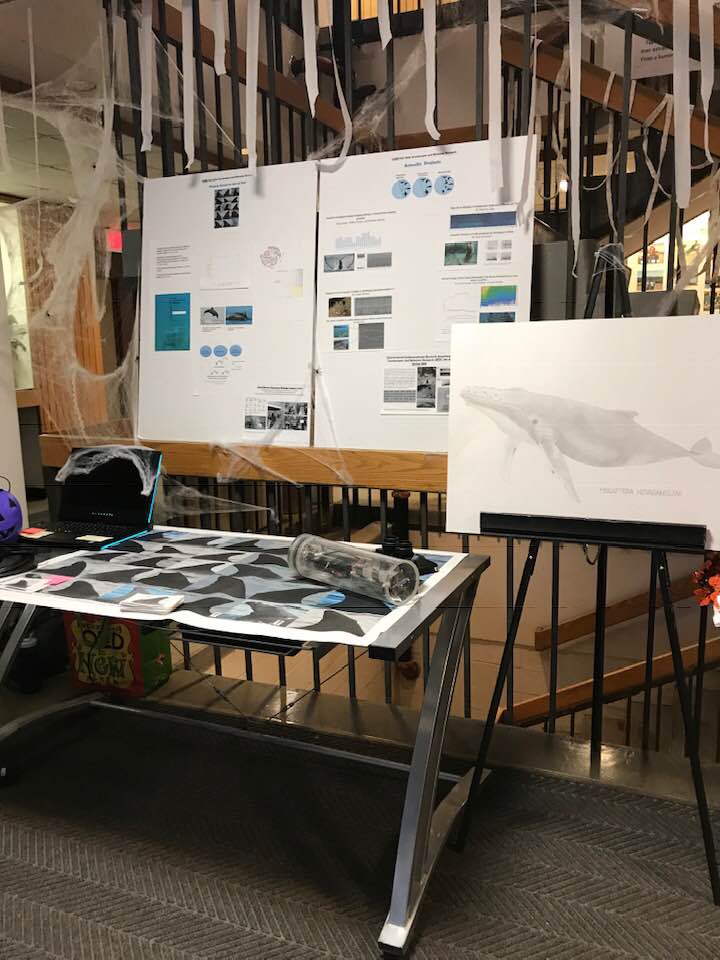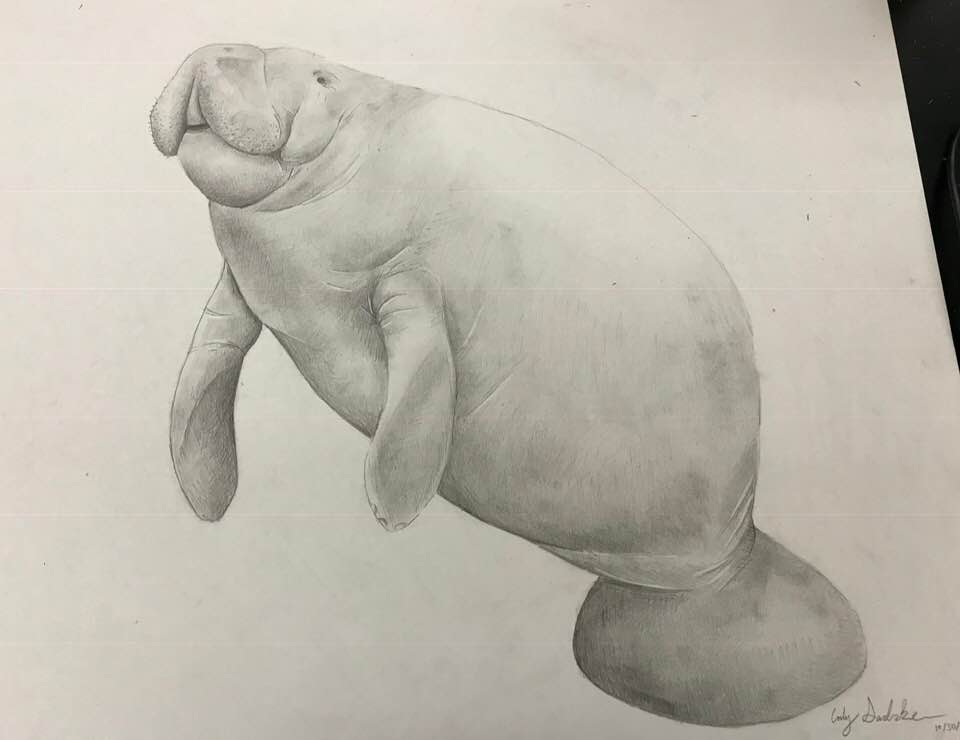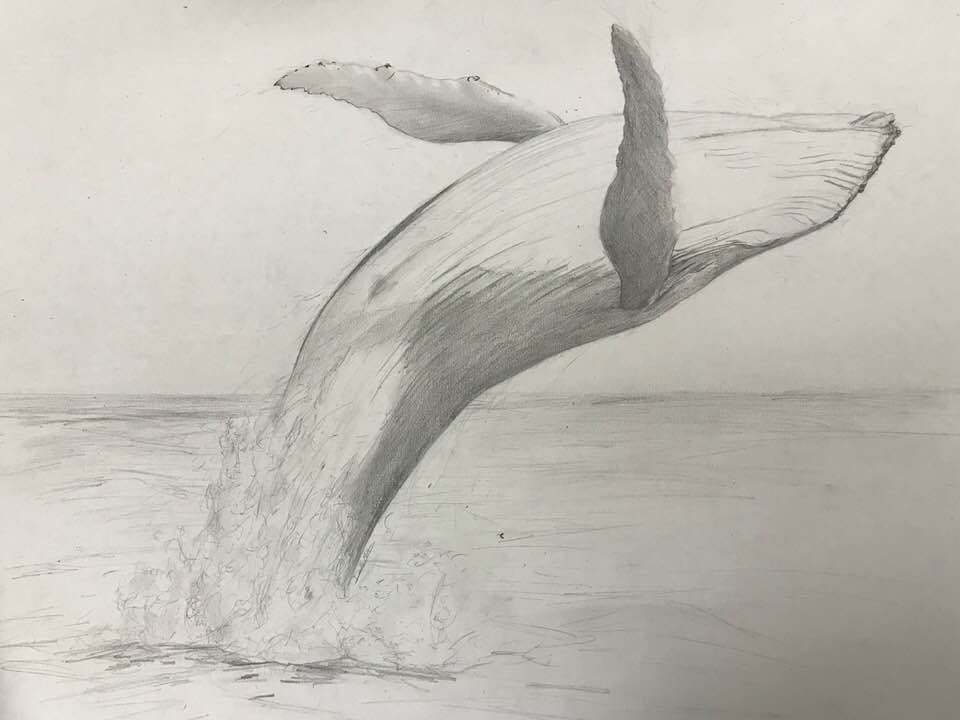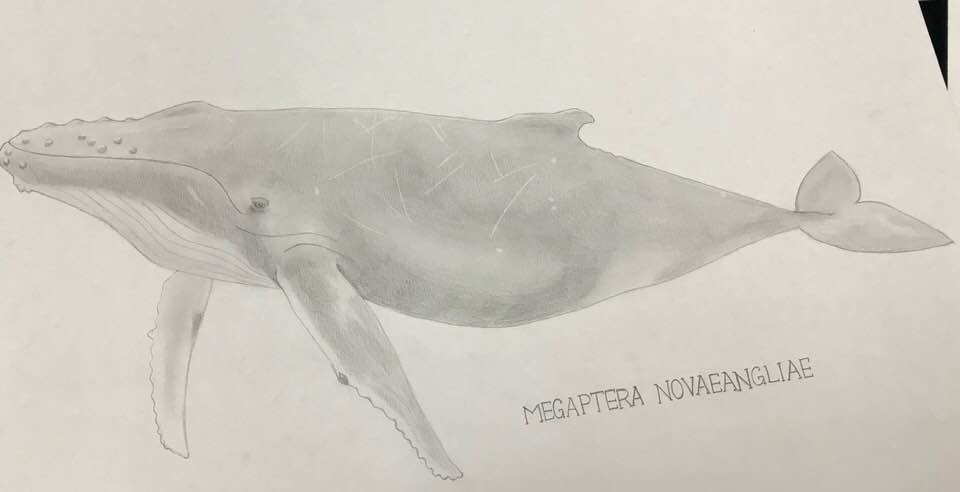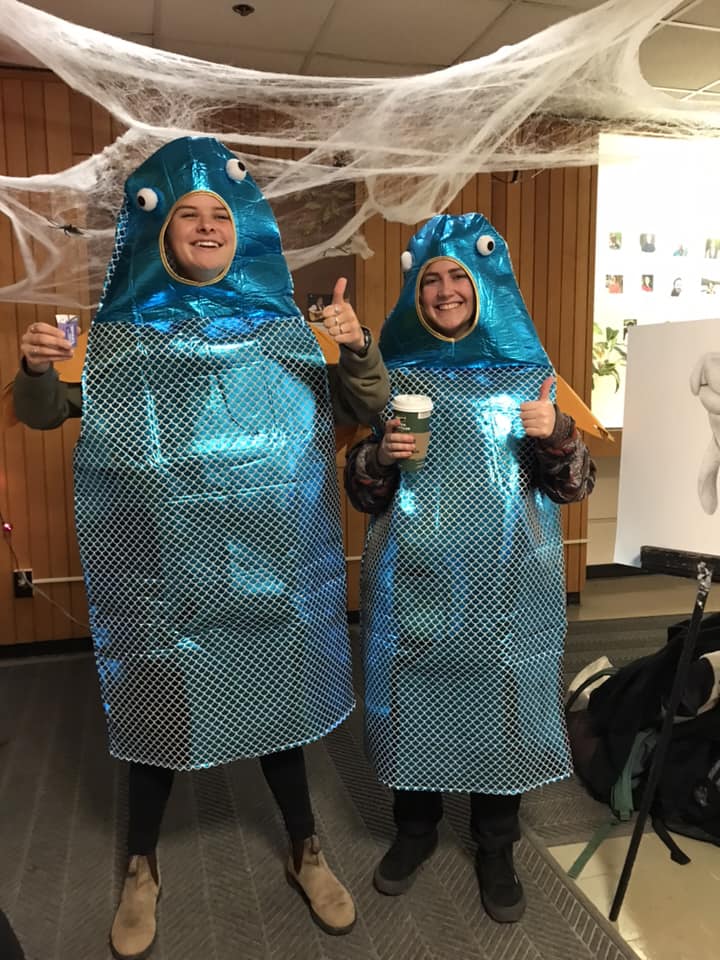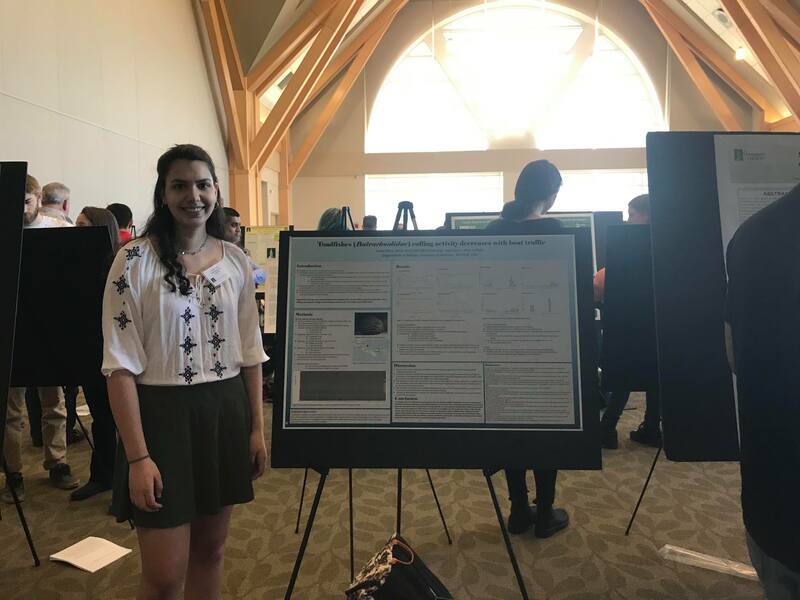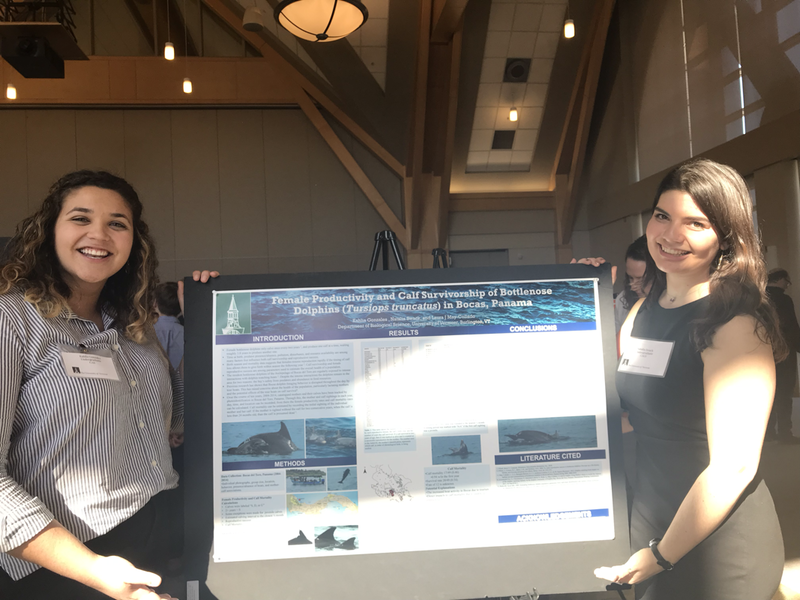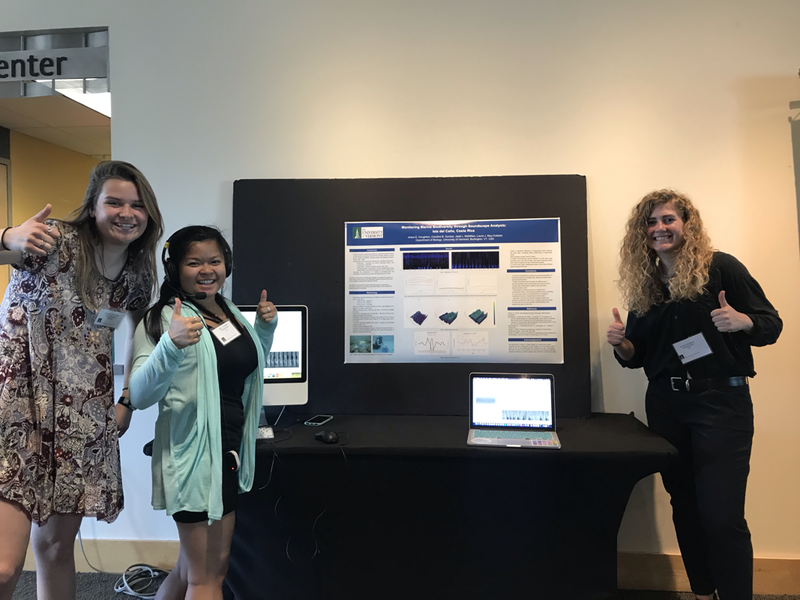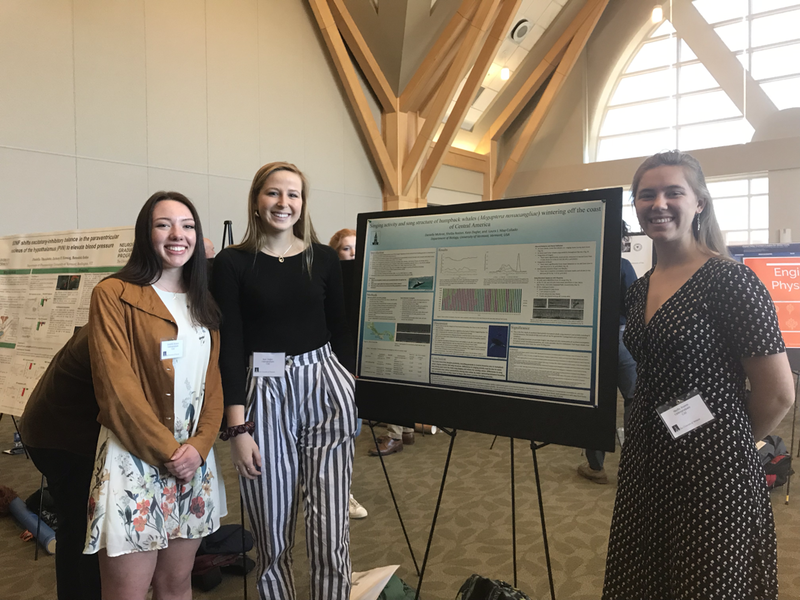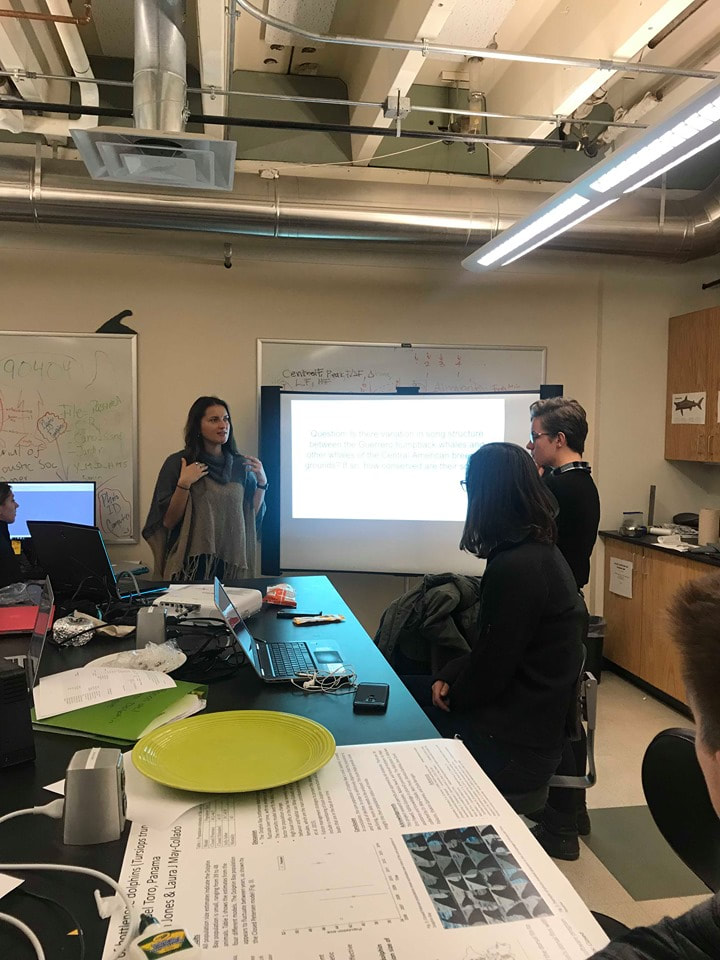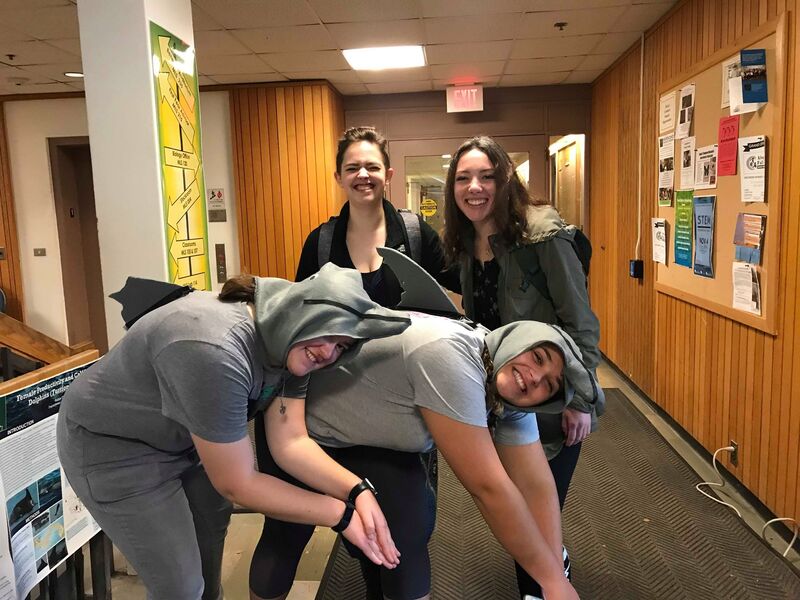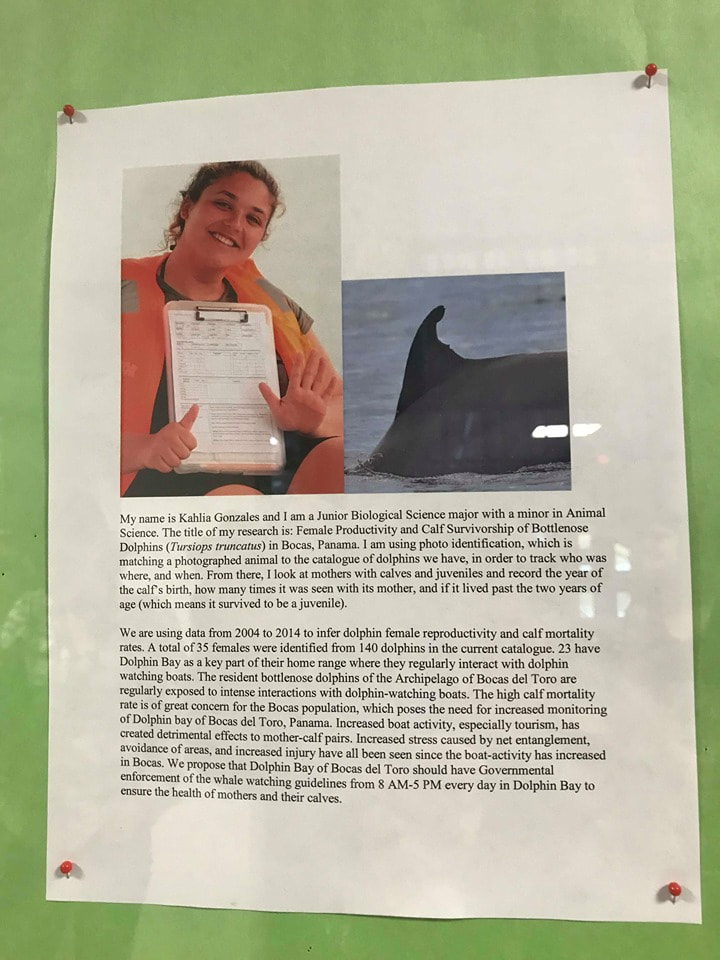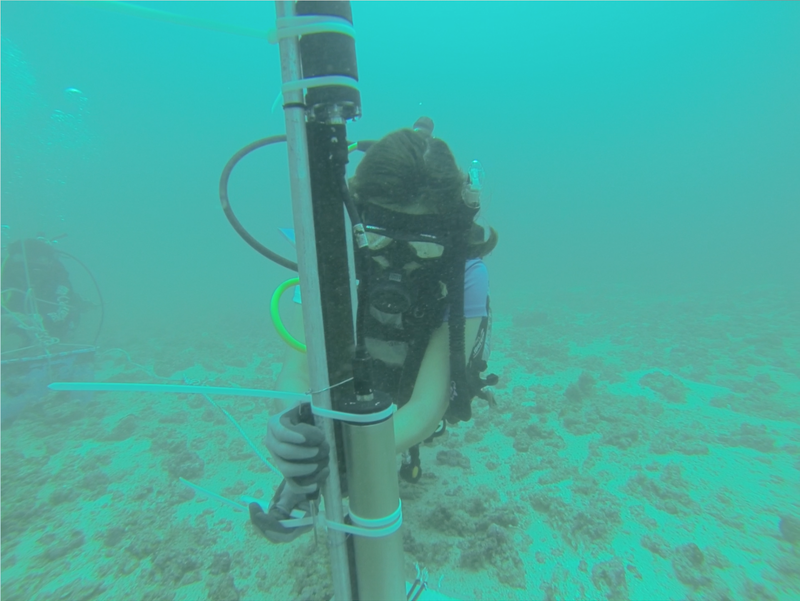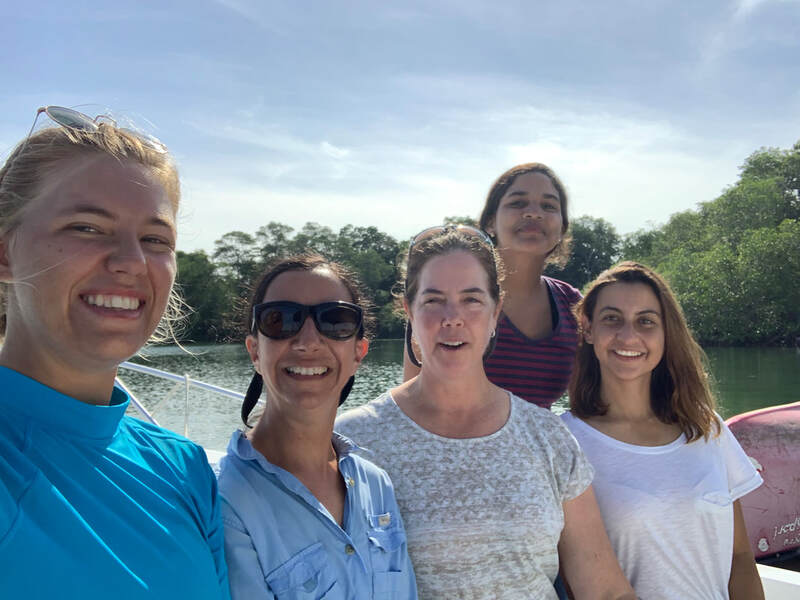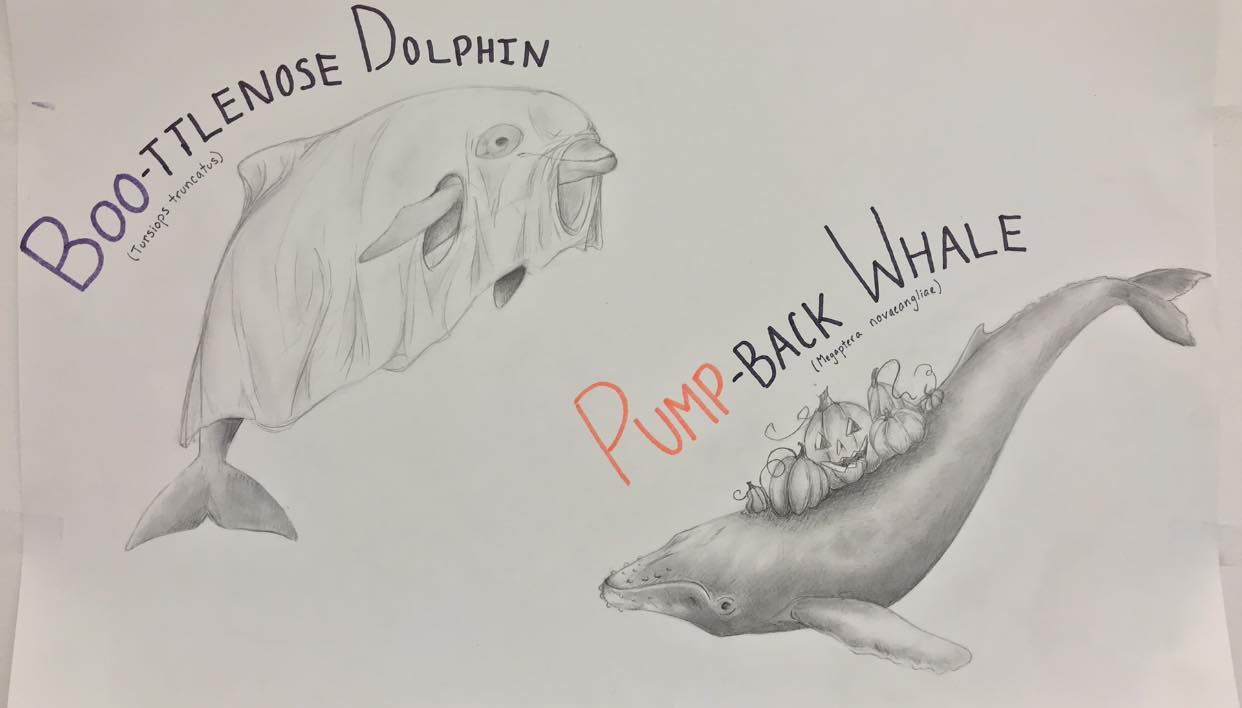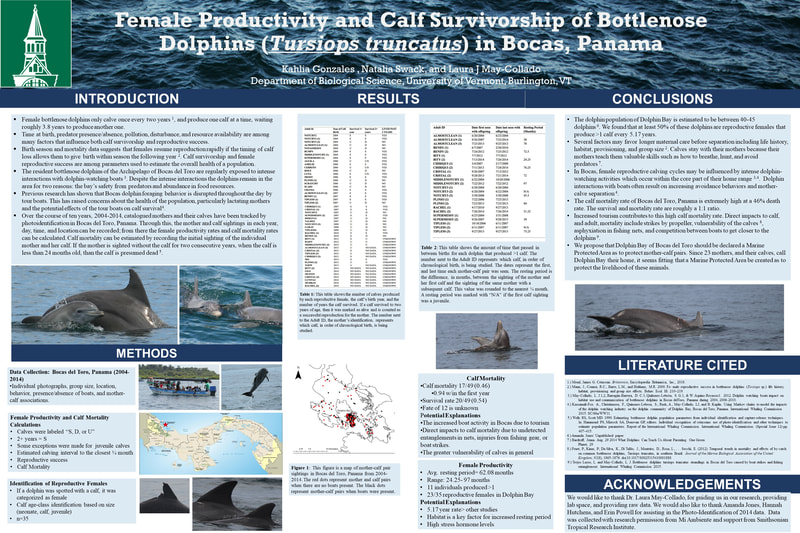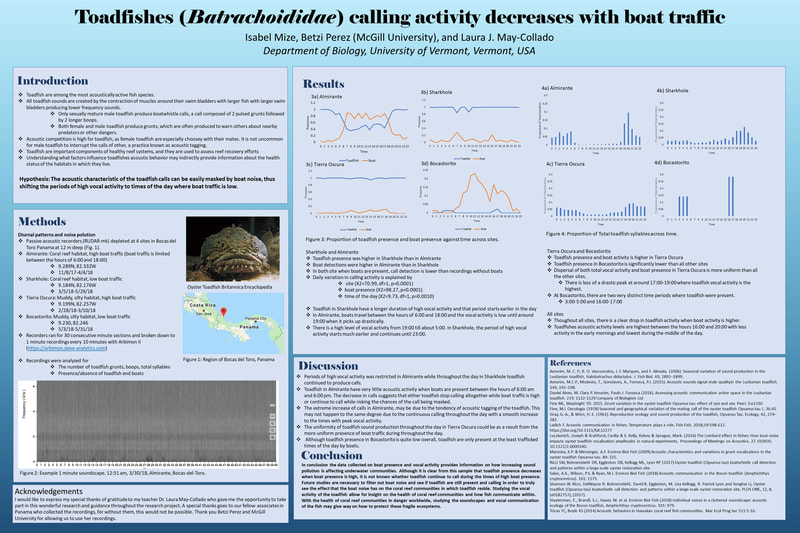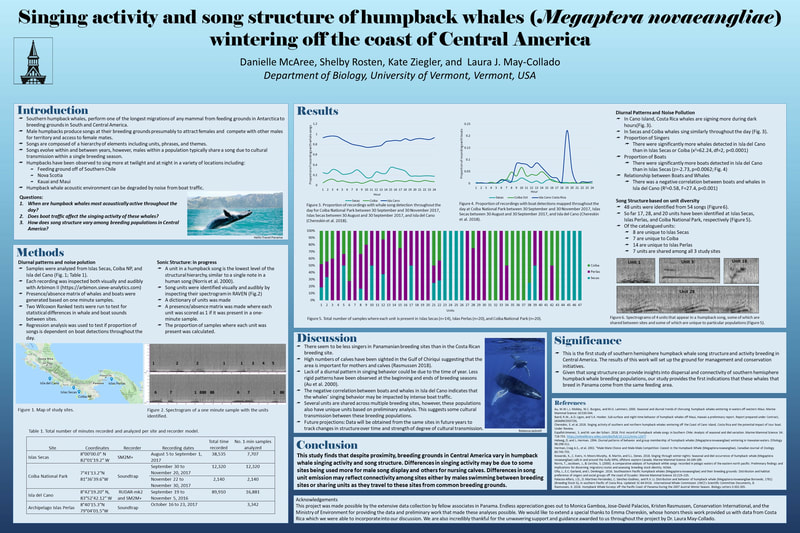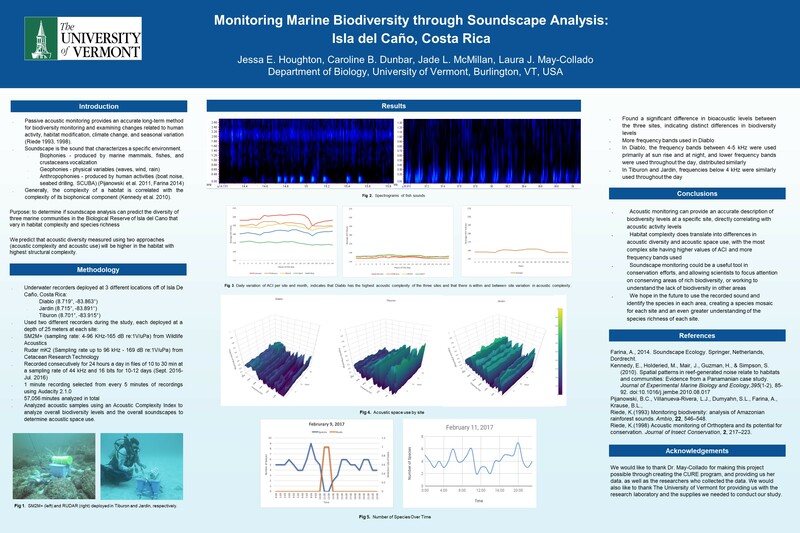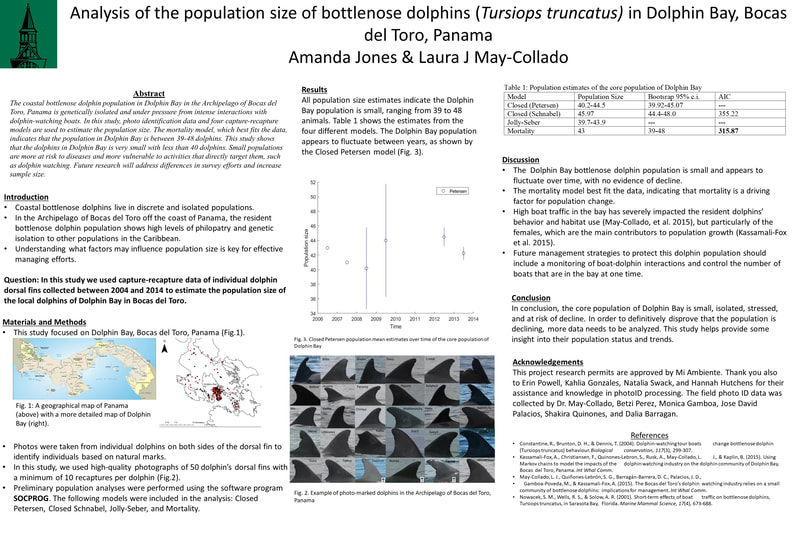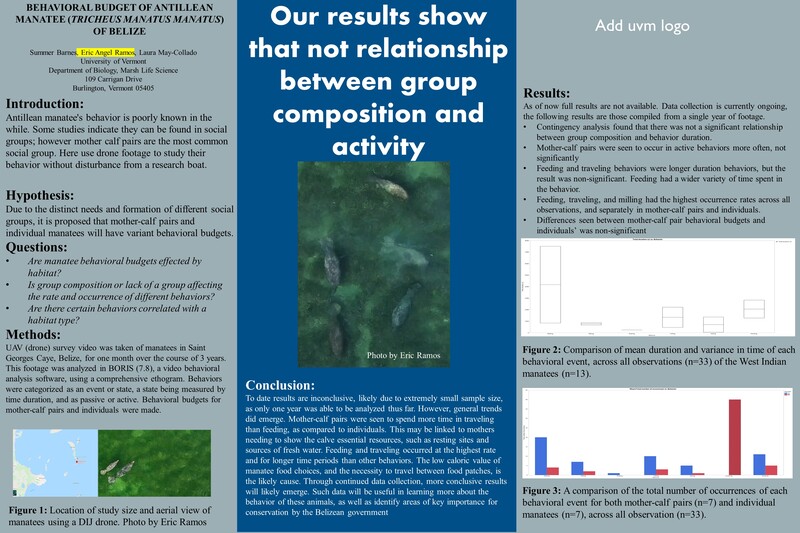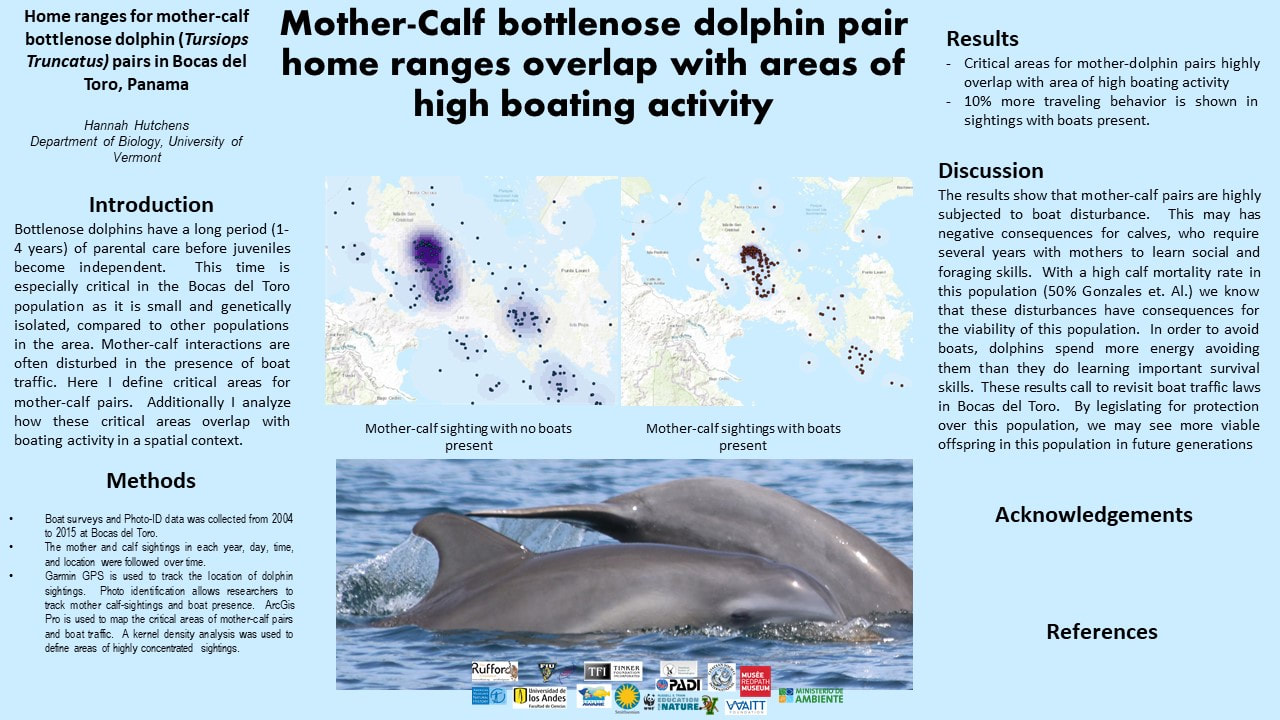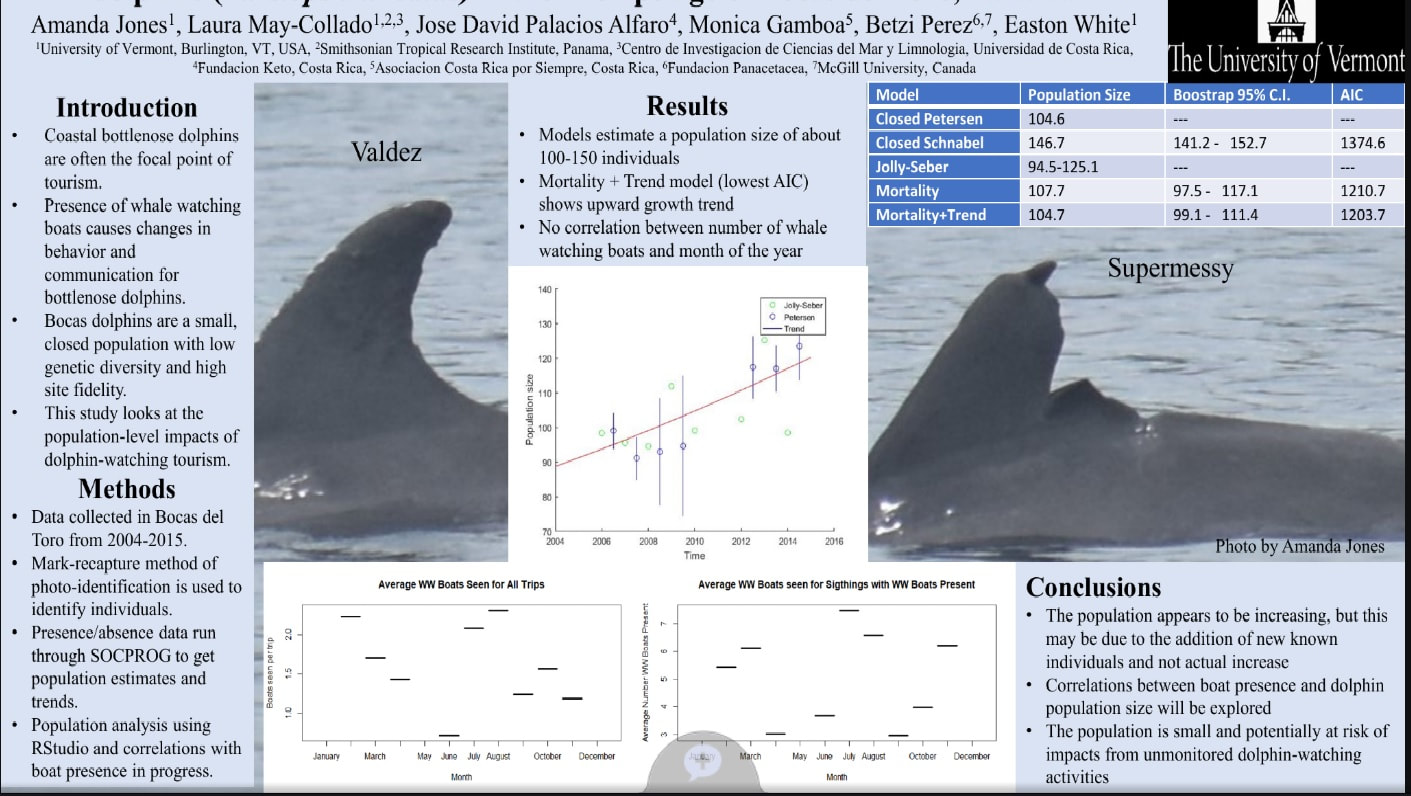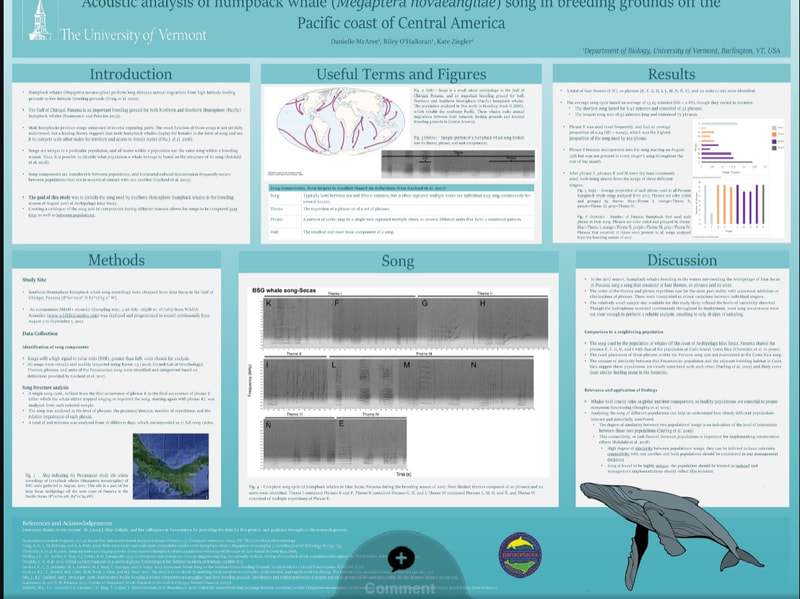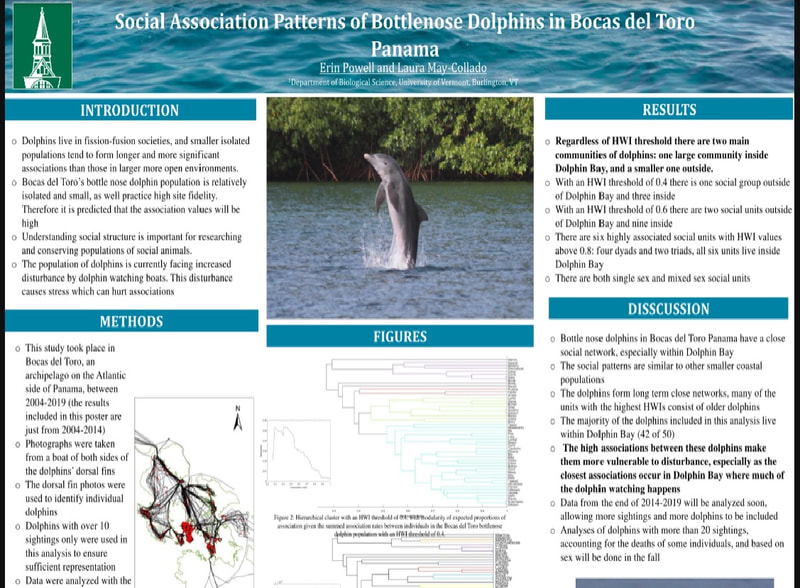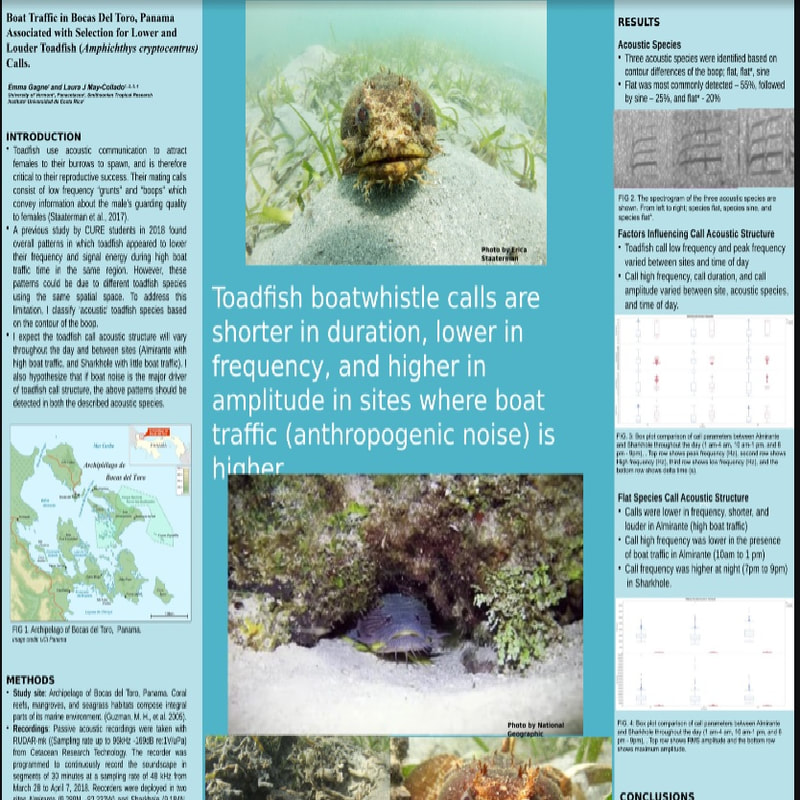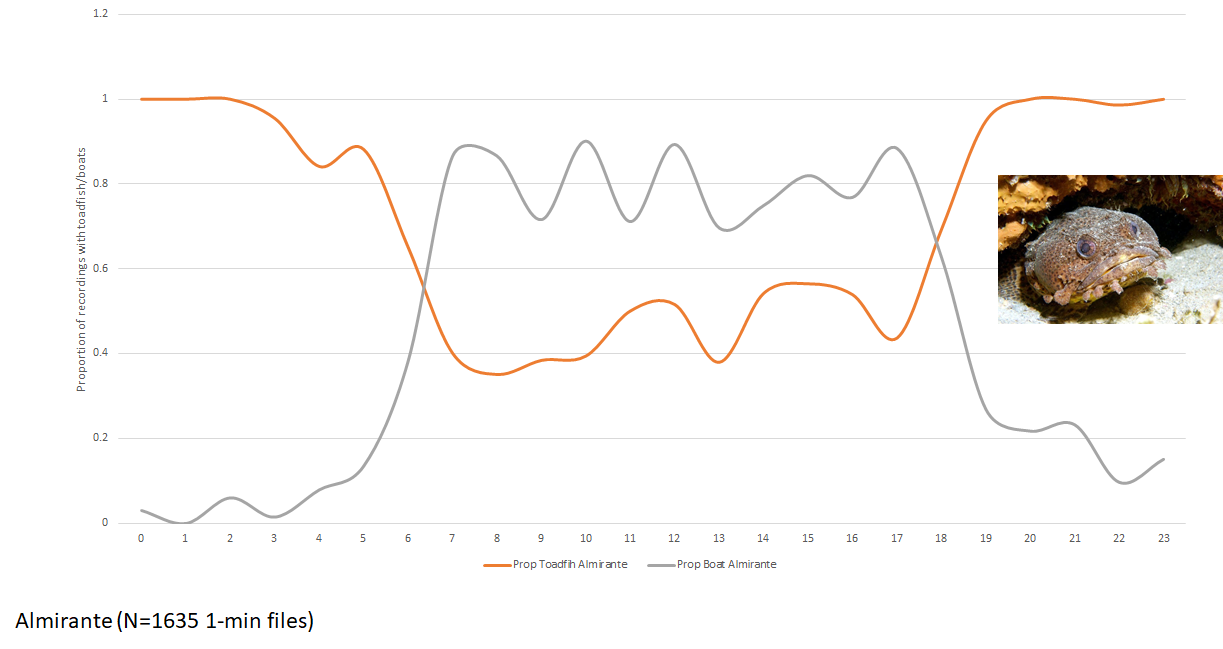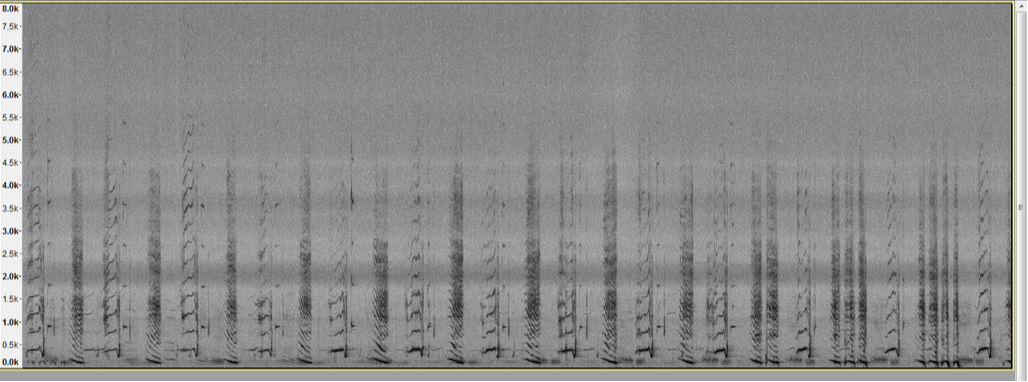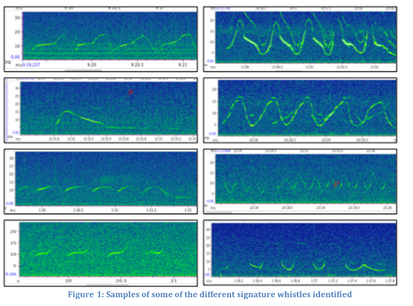This course is offer every other year. Next one is in Fall 2025
About CUREs
Course-based Undergraduate Research Experiences (CUREs) provide early opportunities to undergrads to participate in scientific research. CUREs allow students to get hands-on experience in the process of scientific discovery, which increases students interest in science, helps them decide if they want to pursue research careers, increases confidence in their ability to do science, and promotes early participation in the scientific community through publication, conference presentation, and more. A hallmark of a CURE course is that students participate in all aspects of a research project from asking questions, proposing hypothesis, making predictions, selecting tools for visualization, data processing and statistical analysis, to communicating findings. All this while learning to navigate the messiness of the real-world data! Regardless of your ultimate career goals, participation in a CURE will help you to develop skills in interpretation of results and establishing solid arguments (Corwin et al. 2014). For more information about CUREs, go to CUREnet: https://serc.carleton.edu/curenet/index.html
Course Description
My goal is to engage undergraduate students in topics I work on: marine soundscape ecology, marine animal bioacoustics, and cetacean ecology, behavior, and conservation. For this CURE, students will work on projects related to two topics. Topic I involves the use of sound as a tool to study marine communities, the vocal repertoire of marine species, and human impacts on wild populations. Topic II involves the use of traditional photo-identification methods in dolphins to study association patterns and population size (more details below).
Learning goals
CURE 2018 Projects BookletCURE 2019 Projects BookletCURE 2020 POSTER PRESENTATIONS |
Fish Acoustics
|
Toadfish mating call acoustic structure in two sites that vary boat traffic in Bocas del Toro, Panama.
Emma Gagne (presented at the Student Research Conference @ UVM Spring 2020) Toadfish calling activity decreases with boat traffic in Bocas del Toro, Panama.
Isabel Mize Effects of boat traffic on the mating call acoustic structure of the Bocon Toadfish in Bocas del Toro, Panama
Cooper Peterson. Temporal variation of toadfish calling behavior in relation to boat traffic in Bocas del Toro, Panama. Michael Beaudette. |
Humpback whale song studies
Dolphin and Manatee Bioacoustics
|
Bottlenose dolphin signature and variant whistles acoustic structure varies with boat traffic.
Brennan Paradee Diversity of Signature Whistles in Bottlenose Dolphins (Tursiops truncatus) of Dolphin Bay, Bocas del Toro, Panama Rebecca Daw (to be presented at the World Marine Mammal Biennal Conference, Barcelona, Dec. 2019) The acoustic repertoire and temporal activity of Antillean Manatees (Trichechus manatus manatus) in Belize
Carly Sarbacker Bottlenose dolphin acoustic repertoire in Bocas del Toro
Addie Weeks Spotted dolphin acoustic behavior in Central America Lauren Barnes |
Soundscape Ecology
|
Temporal shifts in fish call diversity in Diablo, Costa Rica.
Katherine Helmer. (presented at the Student Research Conference @ UVM Spring 2020) Factors influencing the acoustic dynamics of protected marine communities in Costa Rica and Panama. Sean O'Sullivan and Elie Byrne Factors determining acoustic diversity in the marine community of Sharkhole, Bocas del Toro Panama. David Sileo Acoustic characteristics of two sites located a different distances of the Canal of Panama, Panama and their potential impact to marine life. Kenneth Tang Monitoring Marine Biodiversity through Soundscape Analysis: Isla del Caño, Costa Rica Jessa Houghton Caroline Dunbar, and Jade McMillan |
Behavioral Ecology
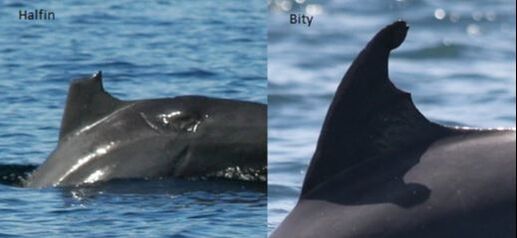
Behavioral budget of Antillean manatee (Trichechus manatus manatus) of Belize.
Summer Barnes (presented at the Student Research Conference @ UVM Spring 2020)
Using unmanned vehicles aerial footage to study interspecific interactions between humpback whales and other marine species in Guerrero, Mexico.
Matt Herberg
Studying humpback whale and dolphin interactions in Guerrero, Mexico using UAV data.
Quynh Vo
Summer Barnes (presented at the Student Research Conference @ UVM Spring 2020)
Using unmanned vehicles aerial footage to study interspecific interactions between humpback whales and other marine species in Guerrero, Mexico.
Matt Herberg
Studying humpback whale and dolphin interactions in Guerrero, Mexico using UAV data.
Quynh Vo
Female Productivity and Calf Survivorship of Bottlenose Dolphins (Tursiops truncatus) in Bocas, Panama
Kahlia Gonzales and Natalia Swack (to be presented at the World Marine Mammal Biennal Conference, Barcelona, Dec. 2019 and at presented at the Student Research Conference @ UVM Spring 2020)
Kahlia Gonzales and Natalia Swack (to be presented at the World Marine Mammal Biennal Conference, Barcelona, Dec. 2019 and at presented at the Student Research Conference @ UVM Spring 2020)
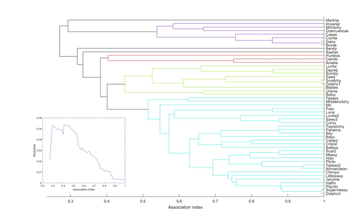
Bocas del Toro bottlenose dolphin Population viability
Amanda Jones (presented at the Student Research Conference @ UVM Spring 2020)
Social Structure of Bottlenose Dolphins in Bocas del Toro Panama
Erin Powell (presented at the Student Research Conference @ UVM Spring 2020)
Female home ranges of Bottlenose Dolphins in Bocas del Toro Panama
Hannah Hutchens (presented at the Student Research Conference @ UVM Spring 2020)
Amanda Jones (presented at the Student Research Conference @ UVM Spring 2020)
Social Structure of Bottlenose Dolphins in Bocas del Toro Panama
Erin Powell (presented at the Student Research Conference @ UVM Spring 2020)
Female home ranges of Bottlenose Dolphins in Bocas del Toro Panama
Hannah Hutchens (presented at the Student Research Conference @ UVM Spring 2020)
